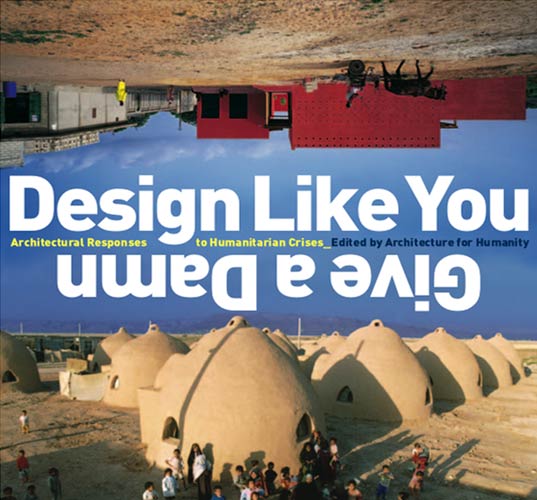
Woman preparing Japanese tea ceremony © Bloomimage/Corbis
Themes that have developed in my portfolio of work have to do with people, systems and providing options. There are systems for gathering that I discuss like photography and personal ways to gather information in order to be a more observant, sensitive and better designer. There are also systems in nature that I wrote about that may inspire future designs. Decentralisation in a system is a topic that appeared while writing about Iqbal Quadir’s talk for A Better World by Design Conference. This entire semester has also been an endeavour towards making a system for me to organize opinions and document facts and experiences to reference later.
People
Here is an example of industrial design delivering an experience. I’m sitting in an airport at a counter typing this on my computer and facing a man typing on his computer. “Can you believe this place is as dead as a door knob??” My first thoughts to his full-force question were much shyer... um... what do you mean... uhhh... was he talking to me? I self-consciously looked around. He didn’t look at me when asking so I awkwardly tried to steal some eye contact. “If I had waited for the regular time to get here this place would have been packed, so what are you up to?” He had a hands-free Jabra tucked behind his ear. I’m sure many of us have had the experience of thinking someone on their hands-free phone was a talking to them OR themselves while browsing through the vegetable section of the supermarket. Cell phones, no- hands-free phones -deliver experiences that is almost like teleporting. All you need is a voice and you change the way you are anywhere you are.
In the middle of the floor infront of the gate at the airport a woman is smiling and playing with her hair as she talks into her metallic red portable electronic device. A teenage boy is throwing and catching a hacky sack with one hand and has his cell phone up to his ear with the other hand.
I noticed that people on cell phones can pace and snake around other people laughing out loud, uninhibited. In airports people make bubbles around themselves acting in ways they would not if they were not armed with a cell phone. This experience reminded me of how easily people can create comfort zones for themselves with cell phones. Being in transit is an opportunity to be yourself or be someone else. Waiting and being in transit is like being in limbo. Airports are transitional environments.
Then because I was writing this ID manifesto I thought of humanitarian design. Refugee camps and temporary disaster relief housing are also transitional environments. Compare the differences between airports and disaster relief housing. There are differences in the level of hygiene, environment, security and comfort. So much care and money is put into make sure that valuable airline customers are comfortable while they are in transit under the wings of aviation companies. The transit time of a refugee can span up to months while a passenger may be unfortunate to be delayed and stuck in transit for hours. Is money the only persuasion for us to put in as much care to displaced people as we do to travellers?
Some of these observations in today’s travelling really did provoke these thoughts that have to do with our priorities in designing environments and experiences for people.
Providing options
Another theme of mine is to provide options to users or designers. In my ArtDesign entry I wrote about the different options there were for designers to view and take a stand in the ArtDesign world. My first hard surface chair depicted below gives the user different ways of sitting. Meaning put into an object by the designer may not be what will be received by the user but the user always has options. A designer can design an entire product like a sandwich bar but the user or customer will only grasp a few of the fillings and there will be different combinations made. Having more meanings may lessen the chances of understanding the whole sandwich bar. On the other hand, few or no choices may monopolise the possible sandwich varieties but will not be very graceful. Finding the balance between providing options and getting a meaning across is key in having a successful design. Intention and control is the designer’s responsibility. Successful design, going back to its dictionary definition, has to do with intent and the designer’s intent.
Systems for Gathering
I remember beginning the semester with making a timeline themed with the Past and investigating the gesture of gathering so I will expand on that here. I compared photography and the camera’s history with the development of our own idea-gathering systems. I use sketchbooks to write and sketch, make lists, check them off. I use books and Word documents and the Favourites Folders in Internet Explorer to manage what I gathered. Day planners are another way i gather or collect myself in order to make sure everything gets done. This brings me to examine how we divide our days and time. I do so very linearly: Work time; personal time; family time; homework time; play time; free time: these are all ways in which we categorize our time. What about present time like the camera?
I could keep going and that’s the point. This blog has made me think in ways that categorizes thoughts. Above were three themes from my body of work that I expanded on. I can expand on any of the three categories as long as I have a basic framework. Working like this from the beginning of the semester will help me add to this body of work later on.
- Gathering infinite amounts of ideas and recording these thoughts is the first step.
- Retaining it all is a challenge.
- Relaying them to others is more effort.












